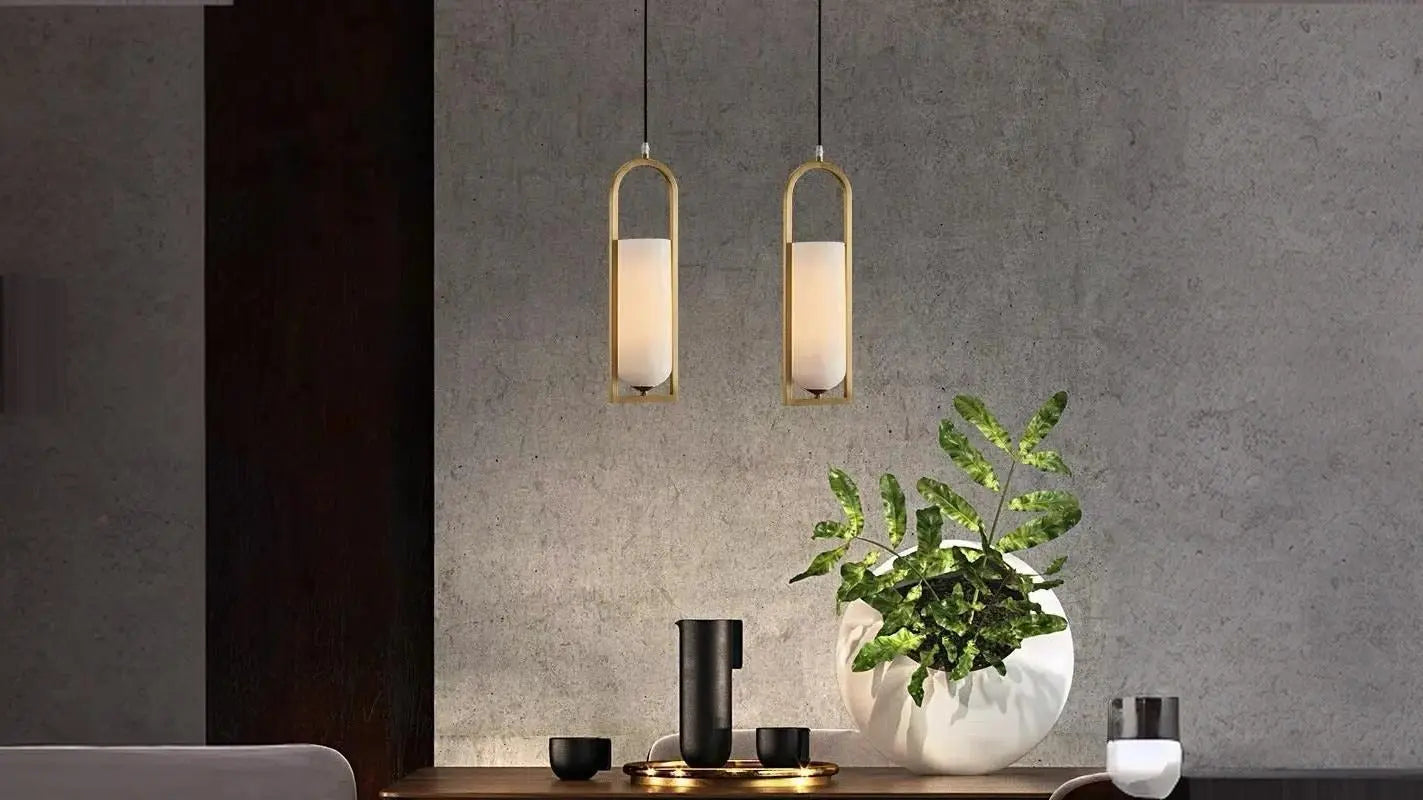Getting an Alabaster ceiling light for your home exudes elegance and charm, casting a warm and inviting glow in any space. However, as beautiful as this fixture is, many wonder what might occur if it comes into contact with moisture. In this article, we delve into the fascinating world of alabaster and explore the effects of water exposure on this exquisite lighting fixture.
Alabaster, a natural stone prized for its translucent properties and delicate beauty, has been used for centuries in art, architecture, and decorative elements. Alabaster ceiling lights, with the soft, diffused illumination, add a touch of sophistication to any room. But what happens when water, whether from a leaky roof or accidental spillage, comes into contact with alabaster?
Firstly, it's important to understand the composition of alabaster. Alabaster is a form of gypsum, a mineral composed of calcium sulfate dihydrate. While alabaster is relatively soft and porous compared to other stones like marble or granite, it is still durable when properly cared for. However, prolonged exposure to moisture can lead to several potential issues.
When the alabaster ceiling light gets wet, the water can seep into the stone, causing it to become saturated. As alabaster is porous, it can absorb water like a sponge. This absorption may result in discoloration, as the water can carry dirt and impurities into the stone, altering its natural hue. Additionally, the presence of moisture can weaken the structural integrity of the alabaster, potentially leading to cracks or fissures over time.
Furthermore, if the water exposure is not promptly addressed, it can create an environment conducive to mold and mildew growth. Mold thrives in damp, dark conditions, and the porous nature of alabaster provides an ideal breeding ground. Not only can mold and mildew detract from the aesthetic appeal of the ceiling light, but they can also pose health risks to occupants of the space.
To mitigate the effects of water exposure on alabaster ceiling lights, proactive measures should be taken. Firstly, ensure proper installation of the fixture to minimize the risk of water ingress. Regular inspection of the ceiling and surrounding areas for signs of leaks or water damage is essential. In the event of water exposure, it is crucial to promptly dry the affected area and address any underlying issues to prevent further damage.
In conclusion, while alabaster ceiling lights exude timeless beauty and sophistication, they are not impervious to the effects of water exposure. Prolonged contact with moisture can lead to discoloration, weakening of the stone, and the growth of mold and mildew. By understanding the potential consequences and taking proactive measures to prevent water damage, homeowners can preserve the integrity and beauty of their alabaster fixtures for years to come.
 Looking for alabaster lighting at the best price and quality? Look no further than Fabtiko! With decades of experience in home lighting and our own factory, we offer everything you need to illuminate your house with elegance.
Looking for alabaster lighting at the best price and quality? Look no further than Fabtiko! With decades of experience in home lighting and our own factory, we offer everything you need to illuminate your house with elegance.





